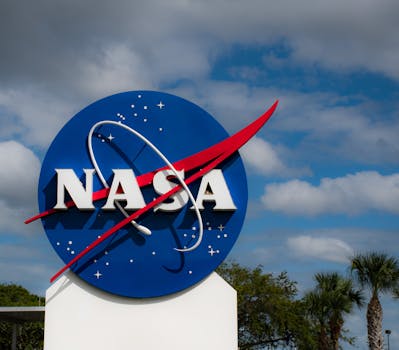
Satellite Launch Missions and Their Impact on Space Exploration
Satellite launch missions have revolutionized the field of space exploration, enabling us to study the universe, communicate with each other, and navigate the globe. The impact of satellite launch missions on space exploration is immense, and in this article, we will delve into the world of satellite launch missions and their significance.
Introduction to Satellite Launch Missions
A satellite launch mission is a complex process that involves designing, building, and launching a satellite into orbit around the Earth or other celestial bodies. The primary objective of a satellite launch mission is to place a satellite in a specific orbit, where it can perform its intended function, such as communication, navigation, or scientific research. Satellite launch missions require careful planning, precise execution, and a deep understanding of space physics and technology.
The History of Satellite Launch Missions
The history of satellite launch missions dates back to the 1950s, when the Soviet Union launched the first artificial satellite, Sputnik 1, into orbit. Since then, numerous satellite launch missions have been conducted by space agencies and private companies around the world. Some notable satellite launch missions include the launch of the first American satellite, Explorer 1, in 1958, and the launch of the first commercial communications satellite, Intelsat 1, in 1965. In recent years, satellite launch missions have become more frequent and diverse, with the launch of satellites for a wide range of applications, including Earth observation, space exploration, and satellite broadband.
The Impact of Satellite Launch Missions on Space Exploration
The impact of satellite launch missions on space exploration is multifaceted. Satellite launch missions have enabled us to study the universe in unprecedented detail, from the surface of the Earth to the farthest reaches of the cosmos. Satellites have been used to study the Earth’s climate, oceans, and land surfaces, providing valuable insights into the Earth’s systems and processes. Satellite launch missions have also enabled us to communicate with each other over long distances, facilitating global communication and navigation. Furthermore, satellite launch missions have paved the way for human spaceflight, enabling us to send astronauts to the Moon, the International Space Station, and beyond.
Conclusion
In conclusion, satellite launch missions have had a profound impact on space exploration, enabling us to study the universe, communicate with each other, and navigate the globe. The history of satellite launch missions is a rich and fascinating one, with numerous milestones and achievements. As we look to the future, it is clear that satellite launch missions will continue to play a vital role in the advancement of space exploration, enabling us to push the boundaries of human knowledge and understanding.